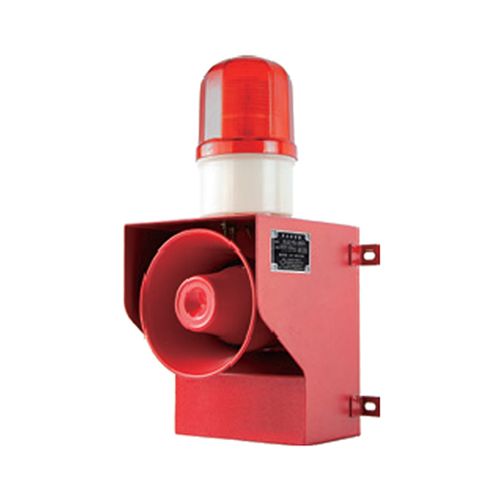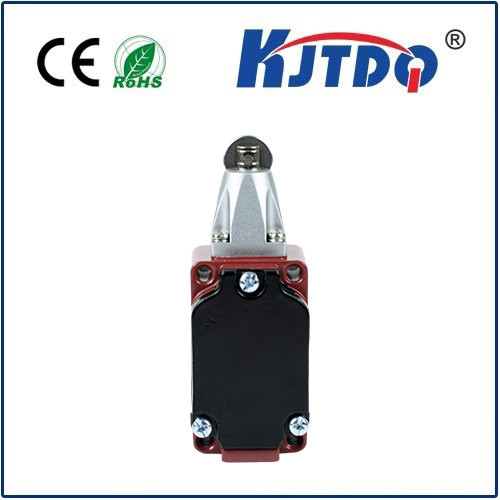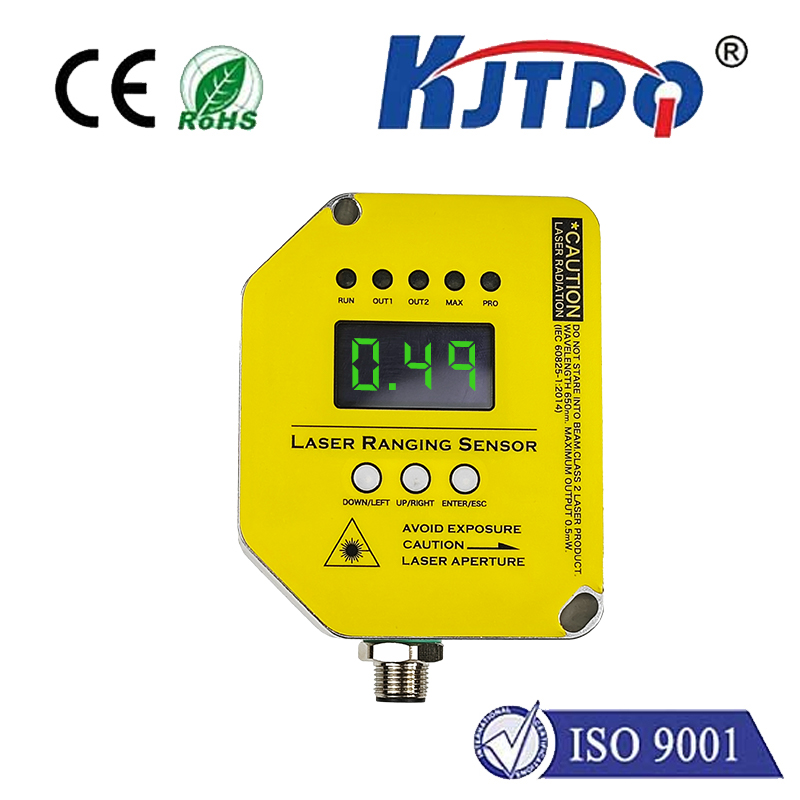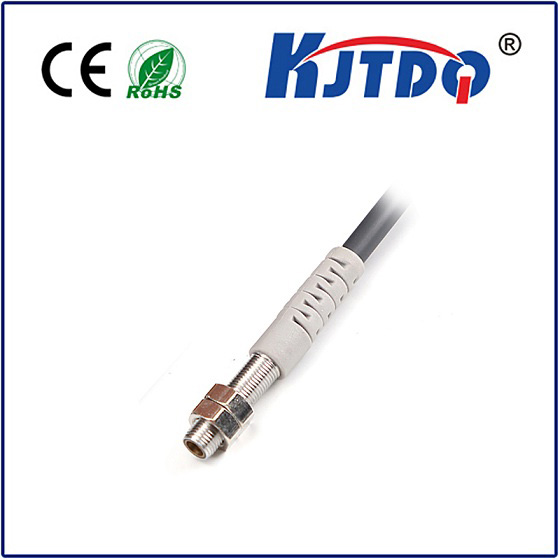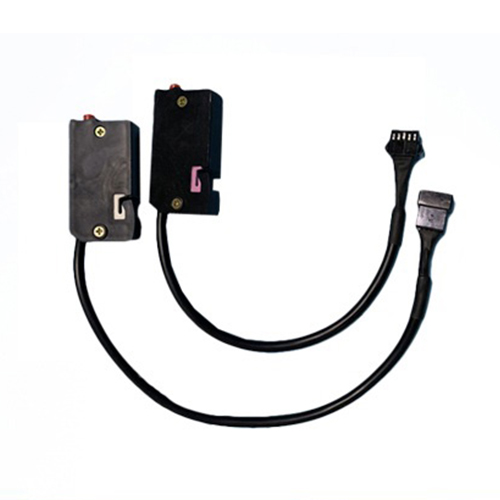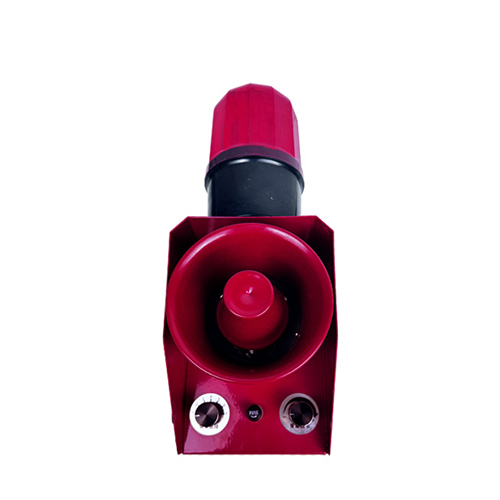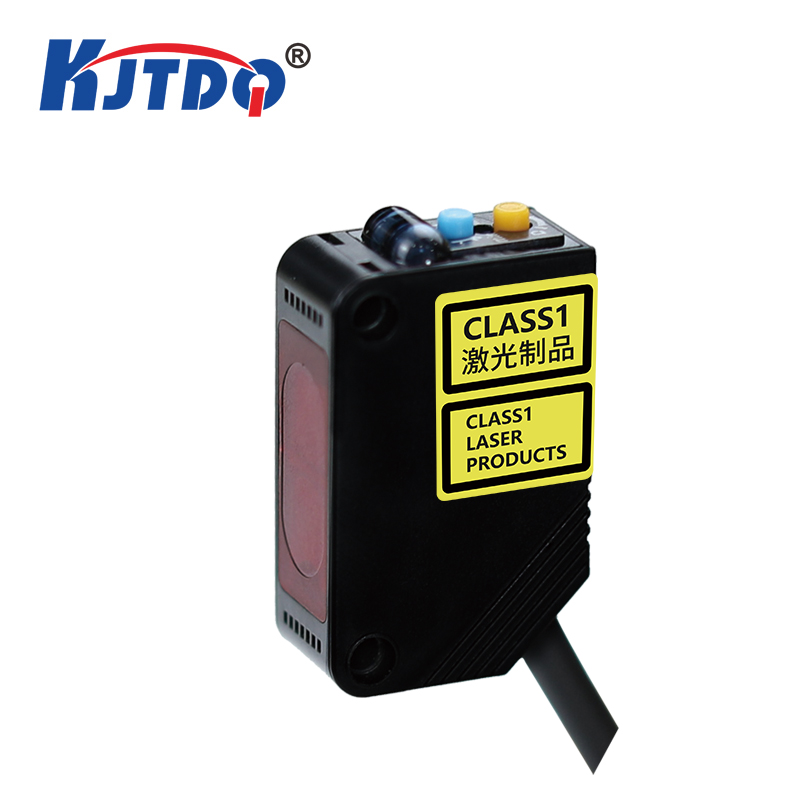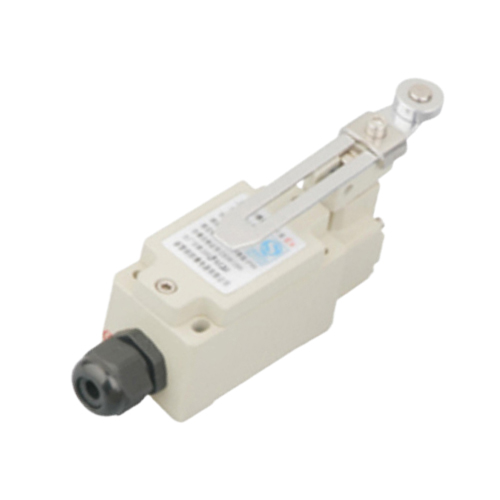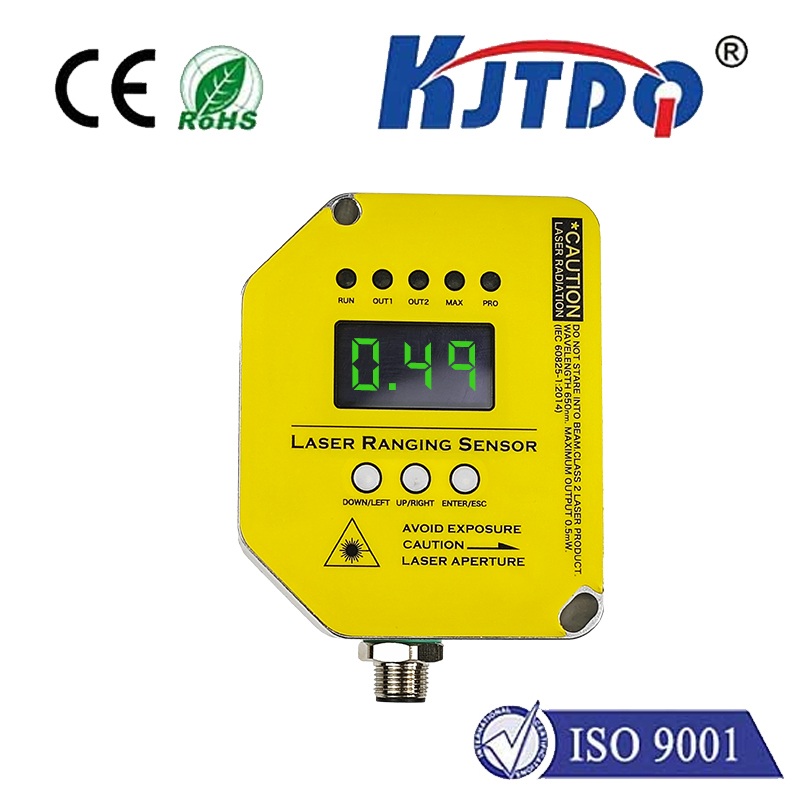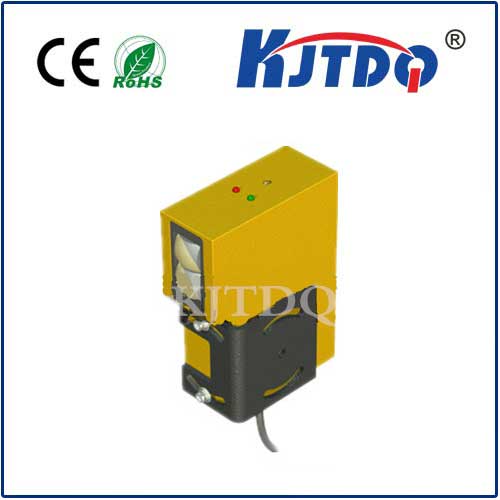

check

check

check

check
Harnessing the BES055Y Proximity Sensor: Your Key to Smarter Automation
Imagine a world where machines anticipate your moves with uncanny precision, eliminating errors and boosting efficiency—this is the reality powered by the BES055Y proximity sensor. In today’s rapidly advancing industrial landscape, devices like this are not just components but critical enablers of innovation. The BES055Y proximity sensor stands at the forefront, offering unparalleled reliability in detecting objects without physical contact. From assembly lines to smart home systems, its role is pivotal, yet often underestimated. Let’s dive deep into what makes the BES055Y a must-have tool, exploring its working principles, diverse applications, and why it outshines alternatives. By uncovering this, you’ll see how integrating the BES055Y proximity sensor can transform operations, saving time and resources while elevating safety standards. Ready to unlock its secrets?

First, what exactly is the BES055Y proximity sensor? At its core, it’s an inductive proximity sensor designed for non-contact detection of metallic objects within a defined range. Unlike mechanical switches that wear out over time, the BES055Y uses electromagnetic fields to sense proximity, making it ideal for harsh environments like factories or automotive plants. Developed with precision engineering, this sensor operates by generating an oscillating magnetic field. When a metal object enters this field, it induces eddy currents that alter the field’s amplitude, triggering the sensor to output a signal. This principle ensures fast and accurate detection with no moving parts, reducing maintenance needs significantly. For instance, the BES055Y proximity sensor typically offers a sensing distance of up to 15mm, catering to both stationary and dynamic setups. Its compact, rugged housing—often IP67-rated for dust and water resistance—makes it a go-to choice for industries demanding durability. So, whether you’re an engineer or a hobbyist, understanding this device starts with appreciating its foundational tech: it’s not just a sensor; it’s your silent sentinel in automation.
Moving to its applications, the versatility of the BES055Y proximity sensor shines across numerous sectors, enhancing efficiency and safety. In manufacturing, for example, it’s indispensable for position verification on conveyor belts. By detecting components like gears or shafts, it prevents jams and synchronizes robotic arms, minimizing downtime and boosting production rates. Similarly, in the automotive industry, the BES055Y ensures precise part alignment during assembly, such as in brake systems or engine mounts, where a millisecond delay could lead to costly recalls. Beyond heavy-duty settings, this sensor finds a home in consumer electronics—think smart appliances where it detects lids or doors, enabling hands-free operation. Even in agriculture, the BES055Y proximity sensor monitors machinery components for wear, alerting farmers to maintenance needs before failures occur. What ties these uses together is its ability to handle high-vibration and extreme temperatures, making it adaptable without compromising on reliability. Crucially, its wide operating voltage range (typically 10-30V DC) allows seamless integration into existing systems, from PLCs to IoT networks. This broad applicability demonstrates why investing in the BES055Y proximity sensor isn’t just an upgrade—it’s a strategic move toward future-proof operations. As industries evolve toward Industry 4.0, this device becomes a cornerstone for data-driven decision-making.
Now, let’s explore the standout features and advantages that set the BES055Y apart. One key benefit is its exceptional accuracy and response time, often under 0.5 milliseconds, which is vital for high-speed applications like packaging lines. Unlike optical sensors that can falter in dusty conditions, the BES055Y’s inductive nature ensures consistent performance, even in oily or dirty settings where false triggers are common. Additionally, it boasts low power consumption, extending battery life in portable devices and reducing operational costs. For users seeking customization, variants of the BES055Y proximity sensor come with adjustable sensitivity ranges and output options (e.g., NPN or PNP transistors), allowing fine-tuning to specific tasks. Another significant edge is its robustness—built with materials like stainless steel and epoxy seals, it withstands shocks and corrosion, translating to a longer lifespan and lower replacement frequency. Compared to other proximity sensors, such as capacitive types that struggle with non-metallic objects, the BES055Y excels in metal detection without interference. This combination of durability, precision, and flexibility makes it a cost-effective solution for startups and large enterprises alike. By focusing on these aspects, you can maximize ROI: think of how the BES055Y proximity sensor cuts energy waste by 20% in automated systems, as studies indicate.
When implementing the BES055Y proximity sensor, practical tips ensure optimal results. Start by selecting the right model—consider factors like sensing distance and environmental ratings to match your application. For installation, mount it securely but avoid placing it near strong magnetic fields, which can cause interference; instead, use shielded cables to maintain signal integrity. In calibration, leverage its LED indicators for quick diagnostics, testing detection ranges during setup to prevent oversights. Maintenance is minimal—just periodic cleaning of the sensing face to avoid dirt buildup—but always refer to the manufacturer’s guidelines for longevity. Importantly, integrate it into broader networks for data logging, such as linking to SCADA systems for real-time analytics. This way, the BES055Y becomes part of a smarter ecosystem, enhancing predictive maintenance. As you adopt it, remember that training teams on its features fosters safer operations, reducing human error and injury risks. Overall, the journey with the BES055Y proximity sensor is one of empowerment, turning complex challenges into streamlined solutions.
